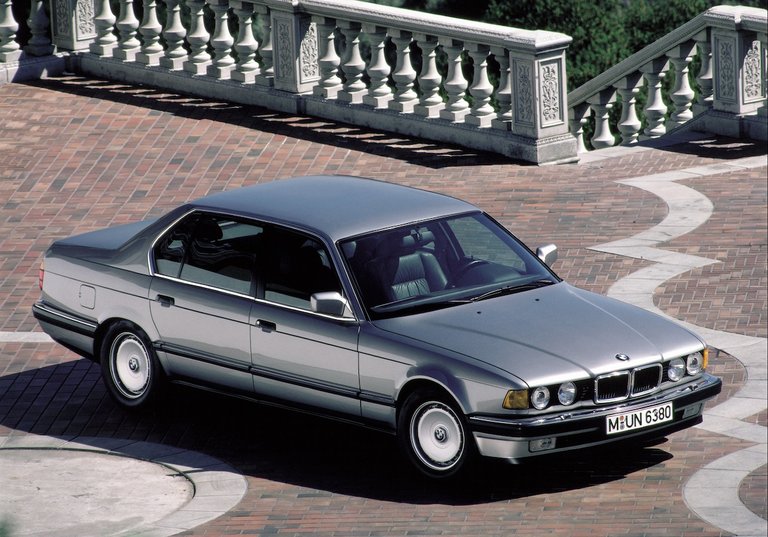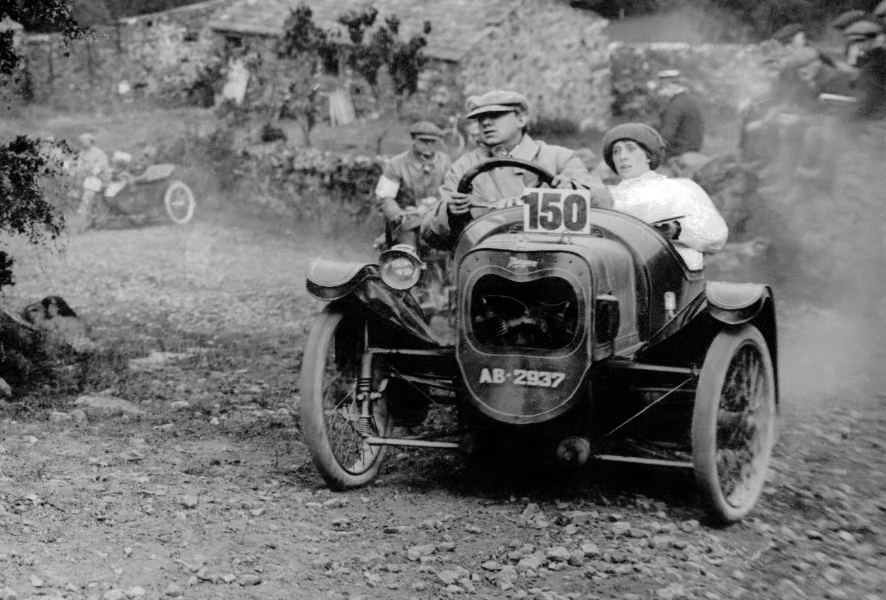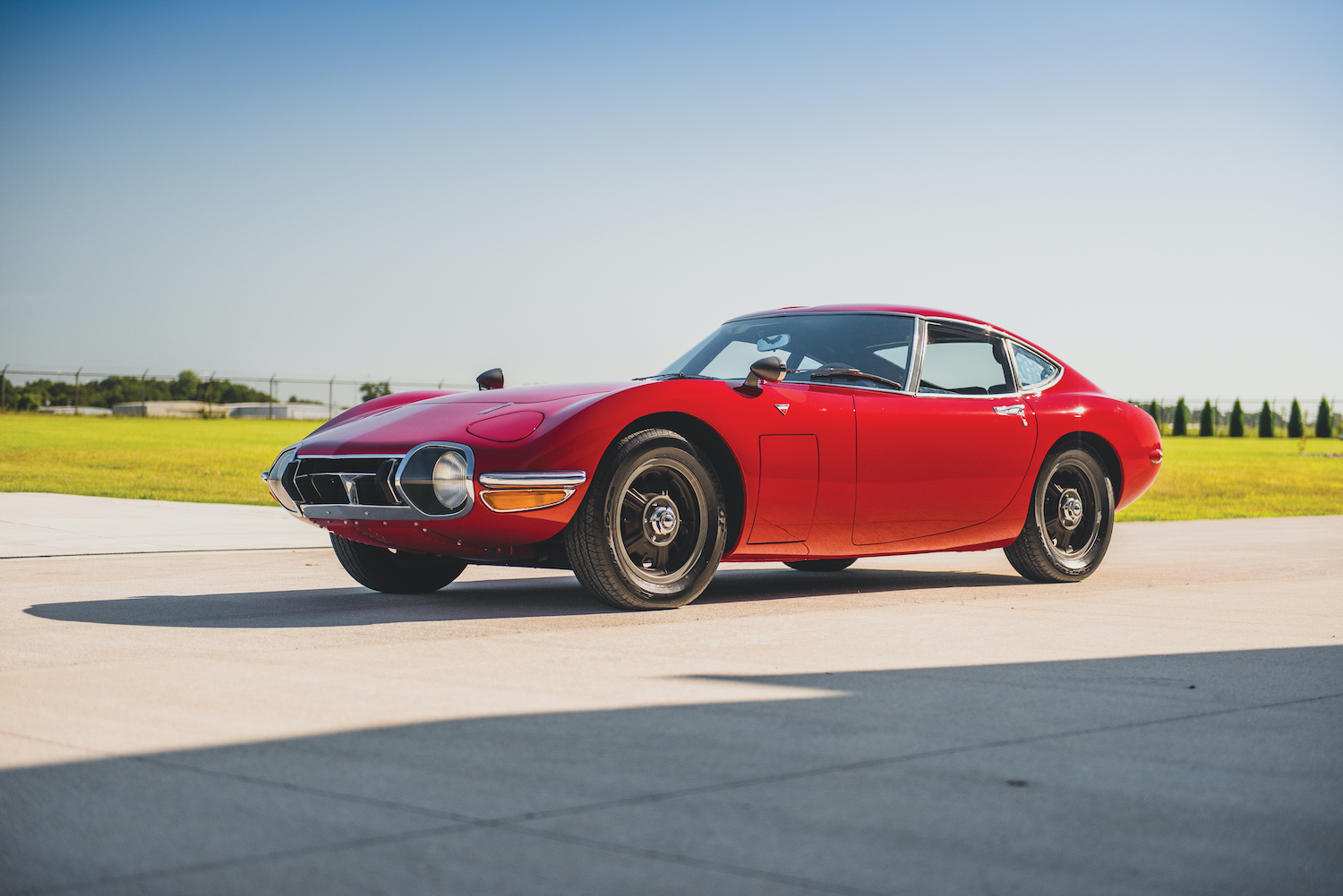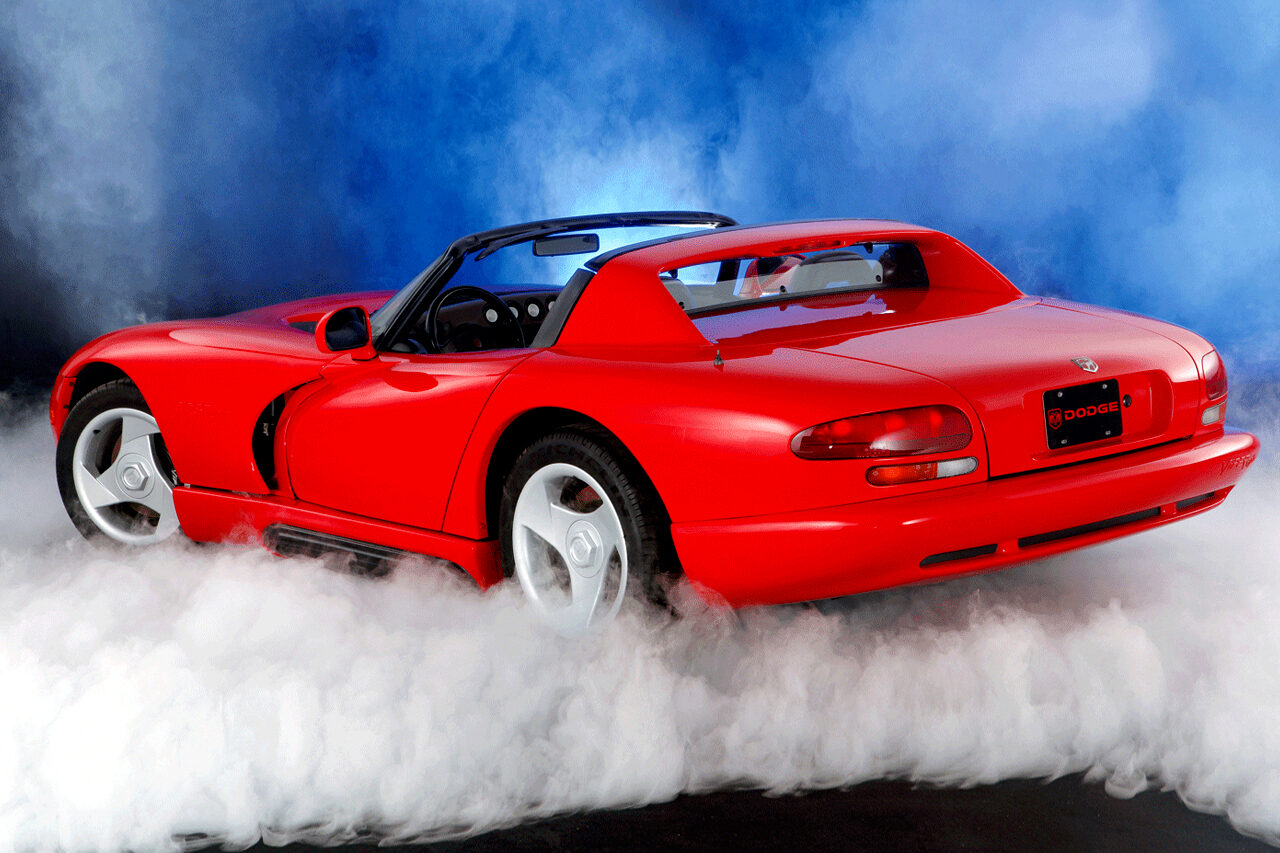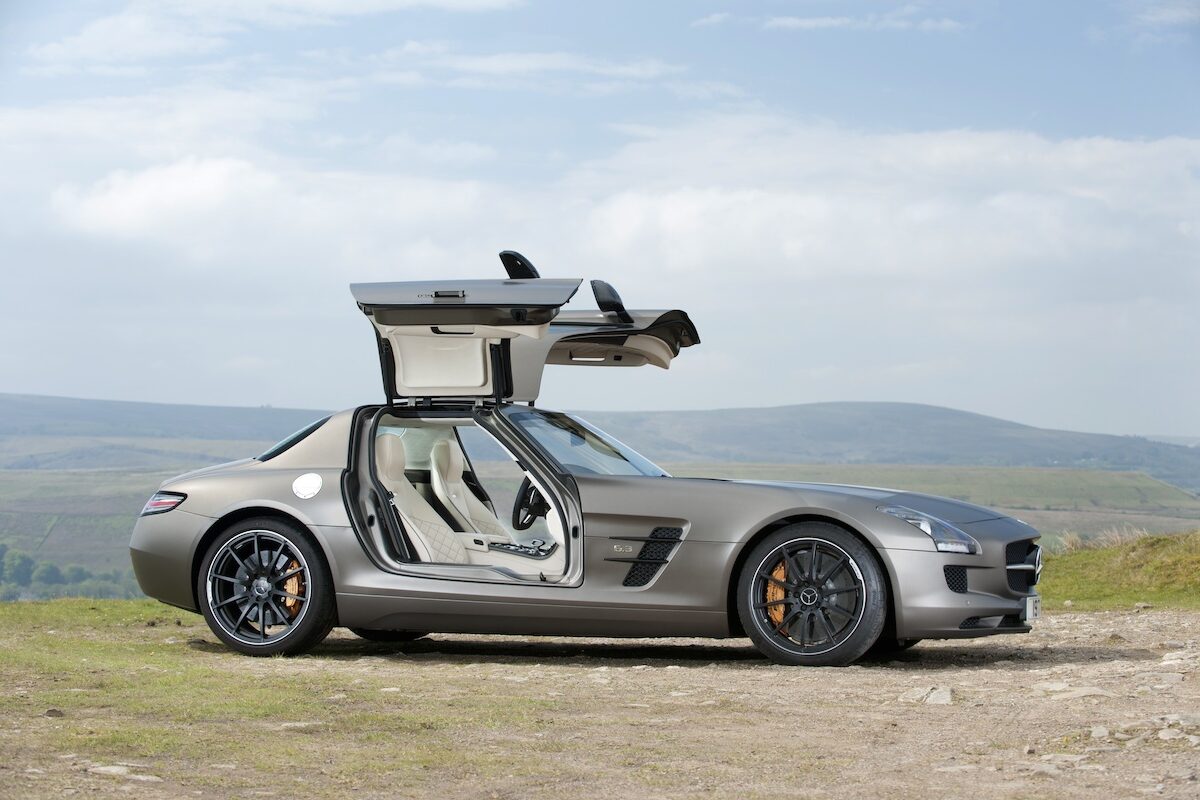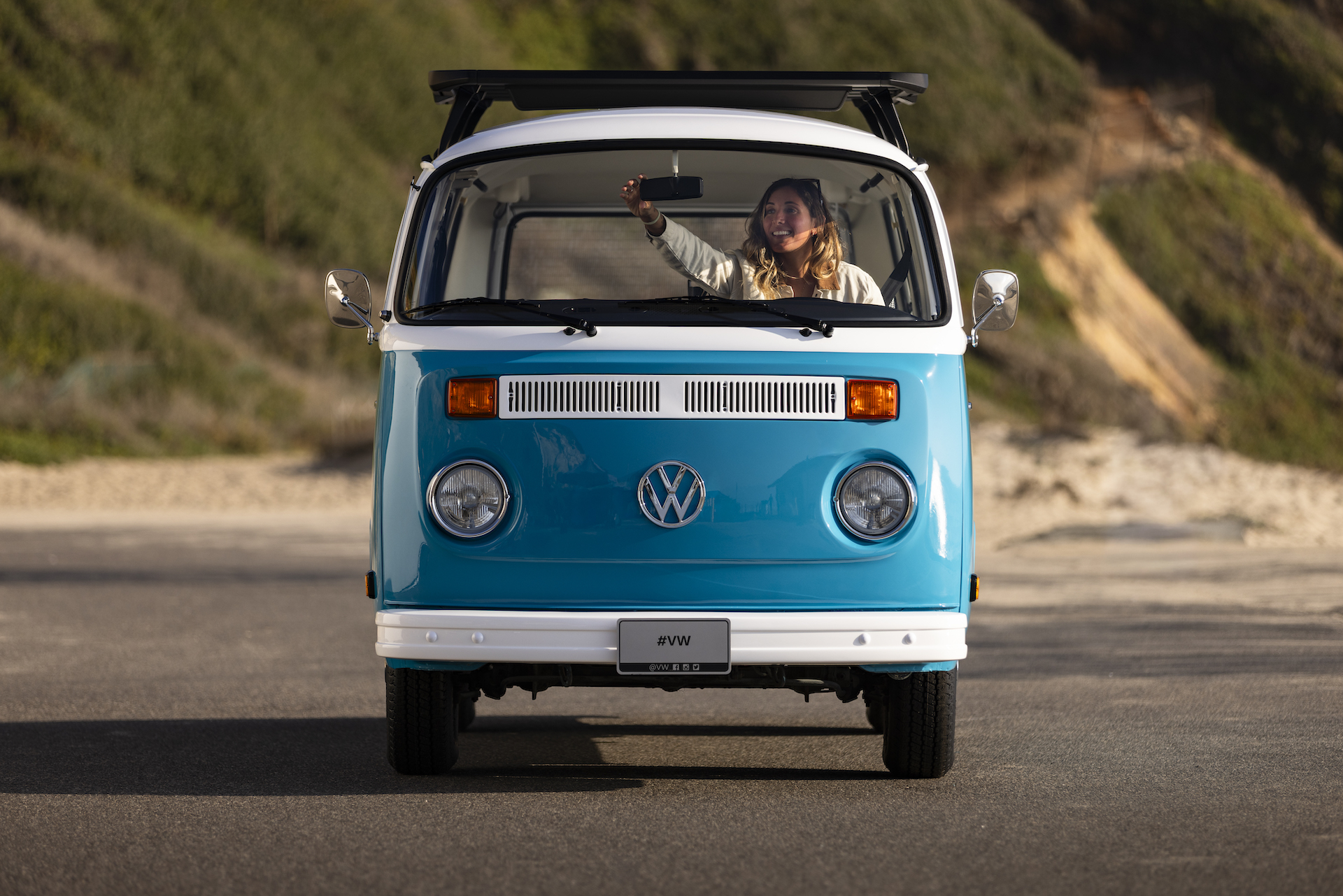BMW’s second-generation 7 Series entered production in 1986, just in time for the value of the Deutschmark and US dollar to cause major price hikes across the brand’s whole lineup (Image: BMW)
There are any number of old business adages that are just as applicable to the automotive industry as to any other. Growth is a measure of success, competition drives innovation… you get the idea.
This is certainly something BMW had to get in the 1970s and ’80s, when it saw steady success before facing its biggest challenge yet in the fierce North American market. The brand’s first dealership in the United States opened 50 years ago in 1975, although its cars had been officially sold there since 1956, and the growth was clear for the following decade.
After its first year, BMW reported US sales of 26,040 units in 1976; by the time 1986 rolled around, that number had grown to 96,759. The lack of direct competition for BMW’s cars that were engineered to be fun to drive even at the full-size luxury end of the spectrum also paved the way for this growth. At the time, Cadillac and Lincoln offered overstuffed seats and soft suspension, while Mercedes and Volvo traded more on safety and solidity.
However, the brand’s financial situation soon saw this sales success stutter due to the wildly fluctuating value of the Deutschmark relative to the US dollar. To give just one example, an ‘E30’ 3 Series cost US$20,055 in 1986, but a mere two years later was US$28,400.
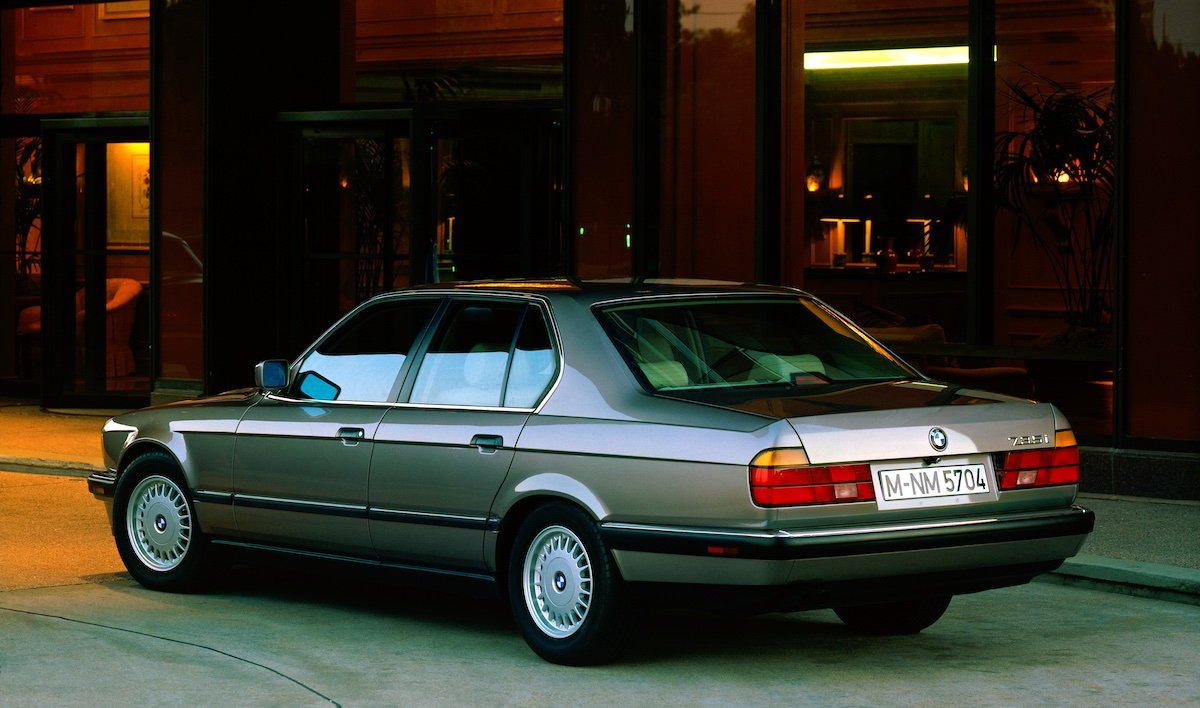
Although the price hikes stung hardest at the entry level, even the 7 Series took a major hit after a US$5000 price rise for the base 735i, causing sales to decline by more than 50 percent (Image: BMW)
But while the price hikes certainly stung hardest at the brand’s entry-level point, even those shopping for a full-size 7 Series would feel the pinch. The second generation ‘E32’ model entered production in June 1986, just in time for these necessary price hikes to come into effect.
“The 7 Series with an inline six-cylinder [the 735i, with a 3.4-liter M30 engine] was at US$49,500, and the president [Günther Kramer, who also served on the BMW board of management] wanted to take the price up by US$5,000,” said Carl Flesher, BMW North America’s department manager for product planning and market research from 1979 to 1986, and its vice-president of marketing until 1992.
“I said, ‘I’m as proud of the brand as you are, but that car can’t handle a US$55,000 price tag.’ We took the price up, and we went from 13 or 14,000 units a year straight down to 6,000 a year, just like that.”
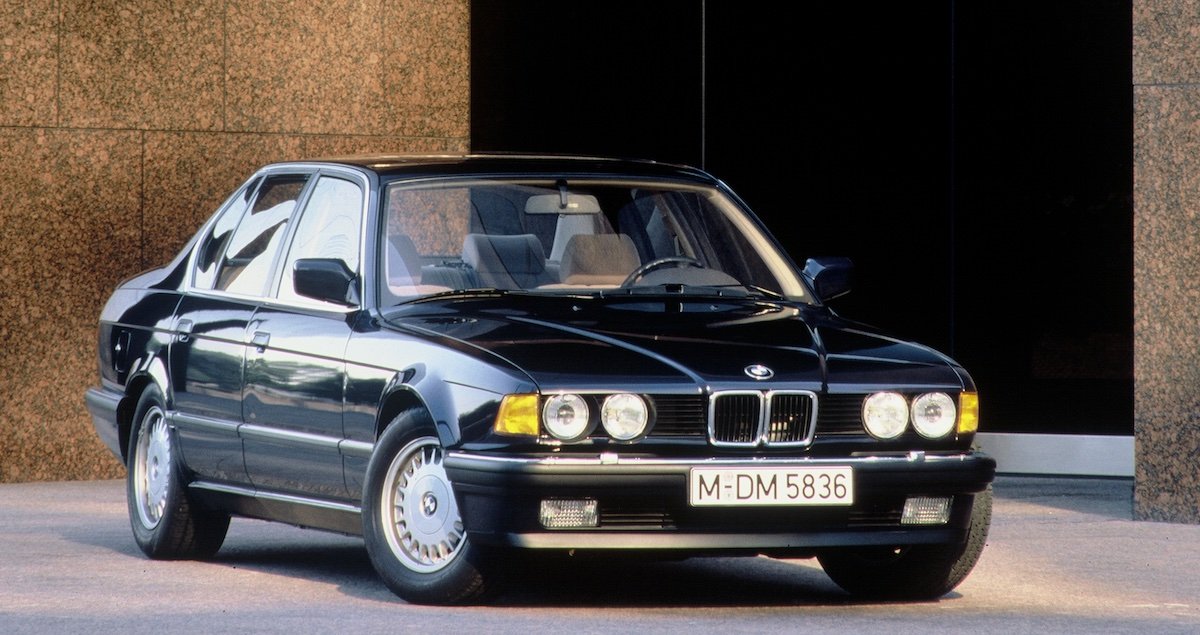
The cost of maintaining BMWs also caused the brand to lose its hold on the market as a raft of new Japanese luxury offerings arrived in the late ’80s (Image: BMW)
At the same time they became more costly to buy, they became more expensive to own and maintain as well. “You’d take your new BMW in for an oil change and the dealer would tell you that you need a Level II service,” said Rich Brekus, a BMW owner since 1979 who joined BMW NA in 1994.
“They’d do everything—spark plugs, filters, transmission and differential fluid—even though the car didn’t need it, and you’d have a $1,500 service bill for what should have been a $100 oil change.”
All this paved the way for a new wave of premium brands emerging from Japan to give BMW a run for its money. The first came in 1986, with Honda launching its new Acura sub-brand and the Legend sedan and coupe, with a second-gen model launching in 1991.
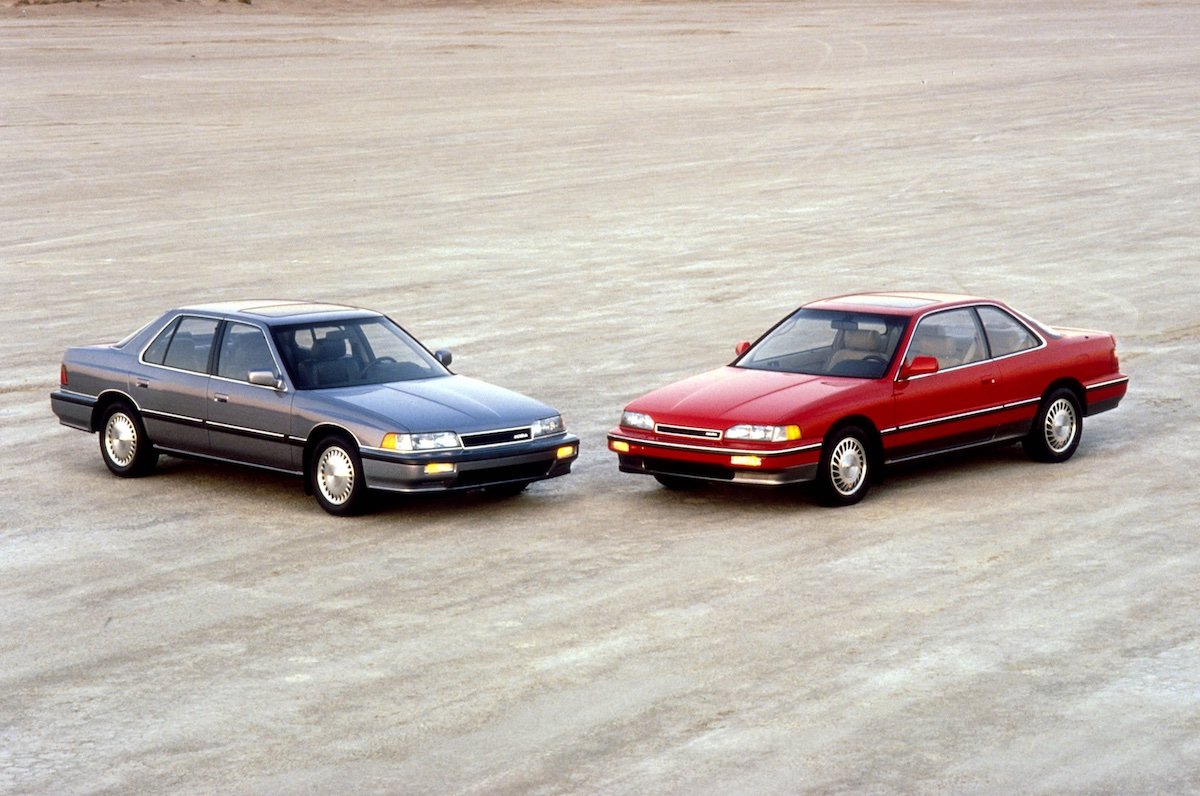
Honda’s North American luxury arm Acura pioneered Japanese luxury cars with the 1986-90 Legend sedan and coupe (Image: Acura)
1989 brought two other competitors, one being the Infiniti Q45, built by Nissan. However, it was the Lexus LS 400 that Toyota released the same year which set the new benchmark.
Toyota had been developing its upmarket Lexus since 1983 following extensive market research into American tastes. A quiet cabin, high build quality, good fuel economy, a comfortable ride, an efficient automatic transmission, and a V8 engine were the clear qualities a car this car needed to have, and the LS 400 featured all of them.
When it went on sale in America in August 1989, a list price of US$35,000 meant it undercut even the 5 Series by thousands of dollars, let alone the US15,000 saving relative to the 7 Series. Furthermore, many features such as an automatic transmission, power sunroof, and tilt-adjustable steering wheel were standard on the LS while optional on the 7er.

When the Lexus LS 400 arrived on the scene in 1989, it rewrote the luxury car rulebook, not just in terms of value but also when it came to the ownership experience (Image: Lexus)
Unsurprisingly, the LS 400 was lauded by the press and the upstart marque – which was also selling the smaller ES 250 – soon matched BMW’s sales figures, bettering it as soon as February 1990 with 4171 examples sold compared to BMW’s 4113.
Admittedly, Lexus wasn’t drawing buyers away from BMW so much as it saw customers switch from US-made luxury cars or step up from mainstream Japanese brands. Regardless, BMW still needed to go in to bat as it was looking to attract buyers from those same sources, too.
Thus, BMW needed to become more aggressive with its pricing and improve its customer service as this was an area Lexus excelled in, having hand-picked the best-of-the-best Toyota dealers to launch the brand with. This was clearly shown in December ’89 when all 8000 Lexus vehicles sold to date were recalled due to a brake light issue.

In addition to offering many items that were optional on the 7 Series as standard on the LS for less than the price of a 5 Series, Lexus also set a high standard with its aftersales care (Image: Lexus)
Lexus’ approach to the recall set a new standard for customer care. “They sent a tow truck to the customer’s house to pick up the car and drop off a loaner,” said Larry Demski, then a regional technical specialist for BMW of North America, advising dealers on repairs and other matters. “No one had ever done that, and it changed the whole dynamic of the industry.” Not only that, but Lexus returned every car to its owner freshly cleaned – and all 8000 of them within just 20 days.
Subsequently, BMW worked with its dealers to improve customer service practices, while also beginning to include the cost of scheduled maintenance in the purchase price of all its vehicles, covering the first four years or 50,000 miles of ownership.
Still, reliability needed to be addressed to compete with the rock-solid, trouble-free performance of the Lexus. “In the late ’80s, when the E30 3 Series launched, we must have had 20 or 30 cars that broke in the parking lot. That’s where the quality was,” Demski said.

While BMW saw its sales slump in the aftermath of the LS’ launch, the brand subsequently upped its game and regained its footing in the US market by 1992 (Image: BMW)
It took time for BMW to master its new approach, though. 1991 saw the brand reintroduce the four-cylinder 318i to America after a six-year absence, bringing with it a cost-conscious US$21,500 price tag. The V12-powered 850i coupe also joined the brand’s lineup at a price tag of more than $90,000. Neither helped the Bavarians compete with Lexus, and US sales fell to a dismal 53,343 units.
Eventually, it took a strong product initiative and significant improvements to customer service to regain these lost sales. BMW of North America had been no stranger to competition, and the company accepted the challenge to improve its products, its pricing, and its business practices.
Finally, in 1992, sales rose to 65,683, starting an upward trajectory that would continue for nearly two decades on the strength of attractive automobiles, an increased investment in the US market, and a dedicated dealer network that put the customer first.

